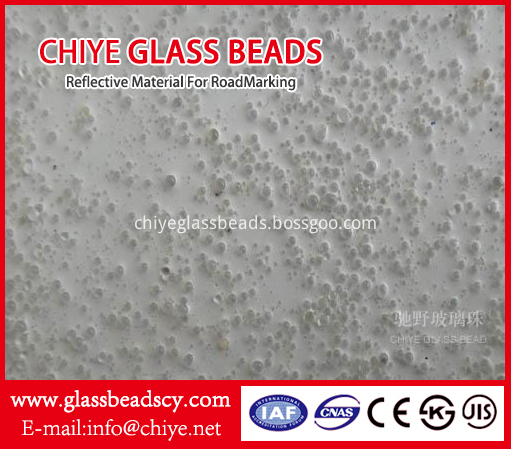As is known to all, the current winding film on the market mainly uses LLDPE as a raw material, and the obtained wound film has the characteristics of good tensile property, strong retracting force, high transparency, good puncture resistance, self-adhesiveness and low unit consumption. Whether it is used for collective packaging of products or packaging of goods pallets, it can achieve moisture, dust, labor, efficiency and cost reduction.
On the whole, the stretch film on the market is divided into two types: hand and machine. The general stretch film is made of LLDPE and tackifier, and if it is used, it must be added with MLLDPE. Hand wrapping film is expensive, and it is the biggest difference! Here is the Jiuzhi Plastics Network to take a look at the other differences:
Different tensile strength
Most of the wrapping film is a casting manufacturing process, and the machine film is made of polypropylene mixed with metallocene, which has the characteristics of high tensile strength and good puncture performance. The draw ratio is 2.5-4 times, the stretch ratio is 300%, and the product is stable, especially the film thickness is uniform, so the use of the wrap film ensures low unit consumption and thus reduces the overall cost.
The hand-made film is made of polyethylene raw material or recycled material, which is easy to stretch, and the manual film stretch ratio is 0-150%. The price of machine film and hand film is 1-2 yuan per kilogram.
Different packaging methods
Hand-made packaging: This type of packaging is the simplest one in wrapping film packaging. It is suitable for hand-stretching film. The film is mounted on a rack or held by hand, rotated by the tray or the film is wound around the tray. It is mainly used for repackaging after the packaged tray is damaged, and for ordinary tray packaging. This packaging speed is slow and a suitable film thickness is 15 to 20 μm.
Tray film mechanical packaging: This is one of the most common and widely used forms of mechanical packaging. The tray rotates or the film rotates around the tray, and the film is fixed on the holder to move up and down. This packaging capacity is very large, about 15 to 18 plates per hour. A suitable film thickness is about 15 to 25 μm.
This kind of glass beads are processed from special glass raw-materials. The refractive index is between 1.57 and 1.60. Its` reflective performance is superior to those glass beads adopted from architectural glass with same roundness and particle size. And the roundness and particle size can be customized according to requirements.
The glass bead can be produced based on the standard of countries or areas, such as EN1423/1424, AASHTO M247, BS6088, JIS R3301 and KS L2521 etc.

S-Brilliance Glass Beads,Screen Materials Glass Beads,Twinkling Glass Beads For Road Safety,Coated Silane Large Glass Beads
CHIYE GLASS BEAD (HEBEI) CO., LTD , https://www.chiyeglassbeads.com
![<?echo $_SERVER['SERVER_NAME'];?>](/template/twentyseventeen/skin/images/header.jpg)